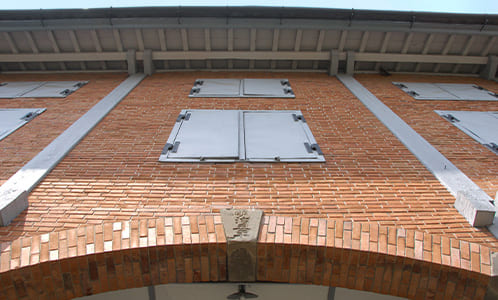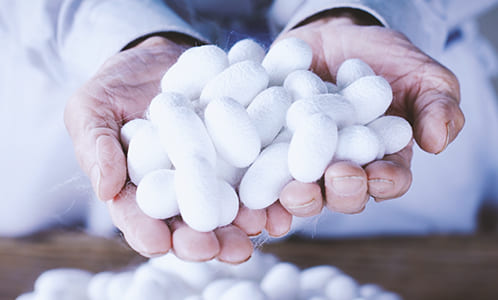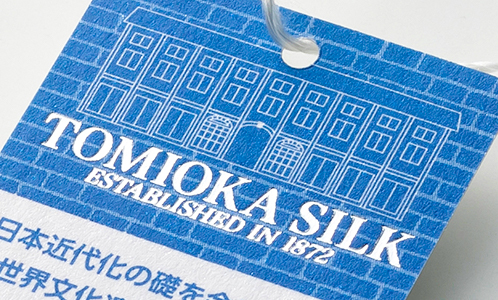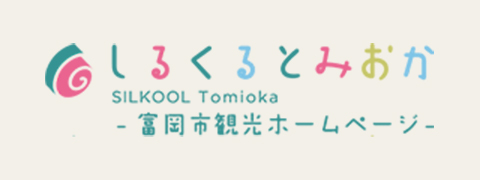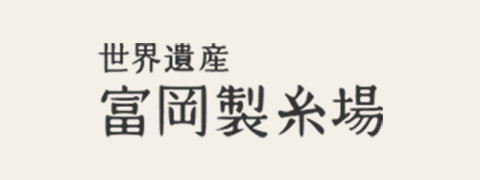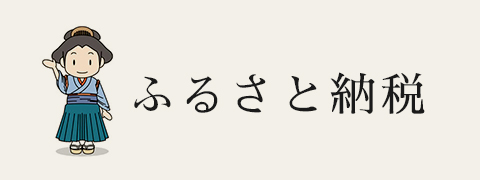


Q&A about silk
Silk is one of the 4 major natural fibers (silk, hemp, cotton and wool). It is a fiber extracted from the cocoons of silkworms. Its structure consists of two types of protein, one is fibroin, which is the fibrous part, and the other is sericin, which surrounds fibroin. Raw silk unwound from the cocoon lacks the unique luster of silk fabrics due to the presence of sericin on the surface. It is rough to the touch. During the transformation process, excess sericin is removed to bring out the shine and softness of the silk. This is the ungumming stage. The silk known to the general public is therefore in fact fibroin!
The secret to silk luster lies in the structure of the silk thread. The raw silk fibers have a triangular shape which, like a prism, reflects and diffuses incident light, giving it that unique sheen.
Silkworms are first bred to make cocoons, the raw material for raw silk. Depending on the breeding period, they have different names: "spring worms" (May - June), "summer worms" (July -August), "early autumn worms" (August -September), “late autumn worms” (September - October). The size of the cocoons varies depending on the time of year. In the spring, when the mulberry trees grow well, the largest cocoons are harvested, from which high quality silk is unwound. Therefore, the quality of mulberry trees, the leaves of which is the diet of the worms, is very important. Mulberry trees should be grown on healthy soil. After feeding on mulberry leaves, silkworms make cocoons to metamorphose into butterflies. A cocoon weighs an average of 2g, but when made into raw silk, the inner pupa and floss are removed, so the final raw silk weighs around 0.45g. (From one cocoon, approximately 1,500m of raw silk with a thickness of 3 deniers (~30 μm) is obtained). To make 1 kg of raw silk, you need 5 kg of cocoons. This is why silk is very expensive. The reeled raw silk is then processed into various products.
There is no established theory about the origin of silk in Japan, but in the Nihonshoki (Chronicles of Japan) it is written : "When the goddess Ukemochi died, on her eyebrows appeared silkworms [...] Amaterasu Omikami put a cocoon in her mouth and drew thread from it. Sericulture was born.” Moreover, in the Chinese historical writing Wajinden, it is recorded that in the 3rd century, a brocade was offered by the kingdom of Yamatai to the kingdom of Wei. It is therefore very likely that the reeling techniques were already known in the 3rd century.
Sericulture and the Japanese silk industry developed during the early Meiji era, when silk was mass-produced in Japan for export. The silk produced being of good quality, it was traded at high prices in foreign countries, and was one of the main export products of the country. It was at this time that Tomioka silk mill, considered one of the largest mechanized public silk mills at the time, was built introducing new Western techniques with the aim of improving productivity. However, in the 20th century, the demand for silk dropped due to the decline of traditional Japanese clothing and the development of various synthetic fibers. Furthermore, sericulture techniques developed in Japan have been exported abroad, enabling countries such as China, India and Brazil to mass-produce silk, so that the Japanese sericulture industry continues to decline.
No, not quite.
Currently, the domestic sericulture industry is in decline, and more than 99% of the silk distributed in Japan is foreign silk. But even if foreign cocoons or foreign raw silk are used to make products, as long as these are processed domestically, they can be labeled “made in Japan.” Perhaps you bought foreign silk without even knowing it... To reassure consumers about the raw materials, the country of transformation, and to improve quality control, we introduced an exemplary traceability system allowing to go up the production chain, from the origin of the cocoons to the sale of the products, including processing.
